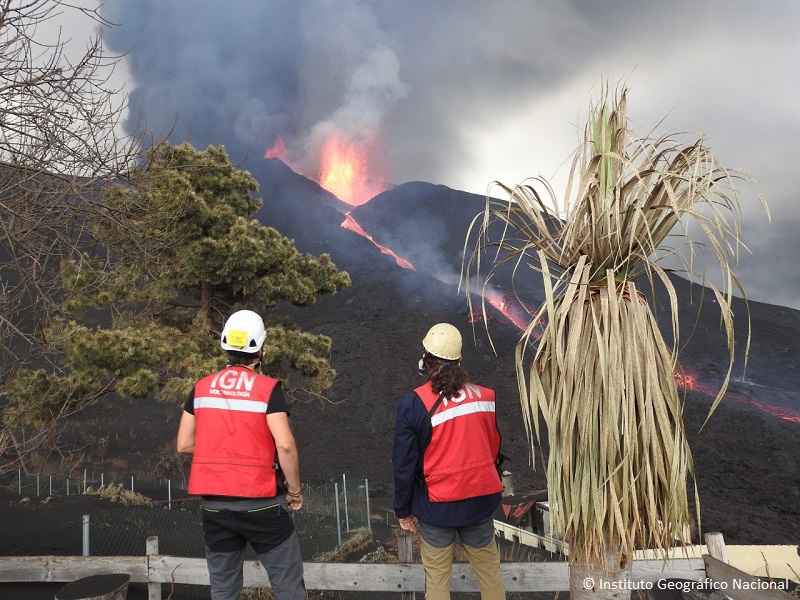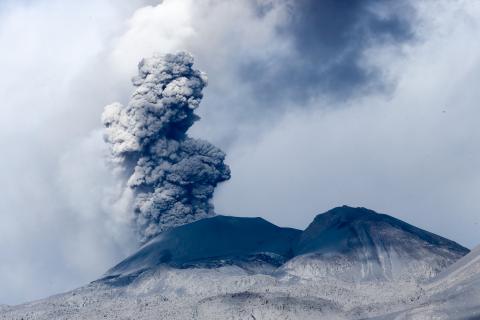1. Why are there volcanoes in the Canary Islands? Origin and age of the islands
The Canary Islands began to be built in the middle of the Tertiary Era “due to the accumulation of volcanic emissions on the oceanic crust of the Atlantic, although there is no unanimous agreement on their origin”, according to the Canariwiki of the Canary Islands Government.
The islands began to emerge from the ocean some 20 million years ago. Fuerteventura and Lanzarote are the oldest; Tenerife, Gran Canaria and La Gomera are between 16 and 10 million years old; La Palma, about five million; and El Hierro, only half a million years old.
2. Historical eruptions in the Canary Islands
The historical eruptions in the Canary Islands have not caused personal injury, with the sole exception of the eruption of the Teneguía volcano on La Palma in 1971, in which one person died from inhaling toxic gases. They have, however, caused material damage.
Here is a table from the IGME with historical eruptions on La Palma.
3. Volcanic monitoring in the Canary Islands
Since 2004, it has been the responsibility of the IGN, which has a network of instruments on each island.
4. The Canary Islands Volcanic Emergency Plan (PEVOLCA)
The PEVOLCA is managed by the Directorate General for Security and Emergencies of the Canary Islands Government, of the Regional Ministry of Economy, Finance and Security. It is advised by a Scientific Committee made up of representatives of the IGN (National Geographic Institute); the CSIC (Higher Council for Scientific Research); the AEMET (State Meteorological Agency); the Directorate General for Civil Protection of the Ministry of the Interior; and guests from the following institutions: ULL (University of La Laguna); ULPGC (University of Las Palmas de Gran Canaria; IGME (Geological and Mining Institute); IEO (Spanish Institute of Oceanography); INVOLCAN (Volcanological Institute of the Canary Islands SL); Other universities. Since 2013, by vote, the spokesperson of the PEVOLCA Scientific Committee has been MªJosé Blanco (IGN).
Once the PEVOLCA has been activated, decisions for the protection of goods and people are taken by the Civil Protection.
For more information
- Maps of the NGI’s network of volcanic monitoring instruments
- Resolution (2013) approving the State Plan for Civil Protection against Volcanic Hazards
- Canary Islands Volcanic Emergency Plan (PEVOLCA)
- Canary Islands Volcano Association
- IGN, Geophysical Centre of the Canary Islands
- Volcanological Institute of the Canary Islands (Involcan).
- Institute of Natural Products and Agrobiology of the CSIC (IPNA)
- Vulcanology at the University of La Laguna
- Instituto Geominero de España (IGME)
- Copernicus European Earth observation programme
- CSIC National Museum of Natural Sciences, CSIC
- Jaume Almera Institute, CSIC




